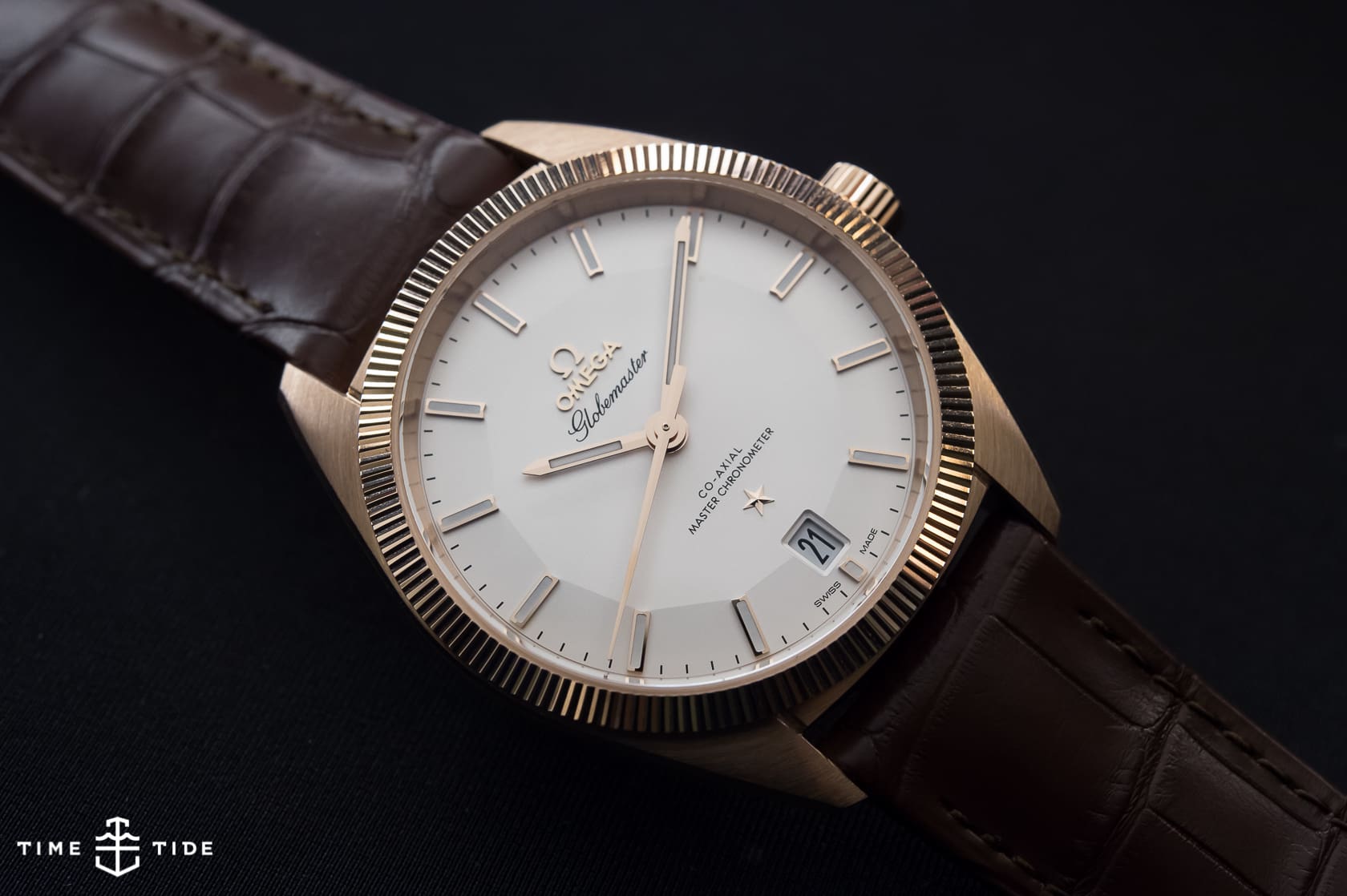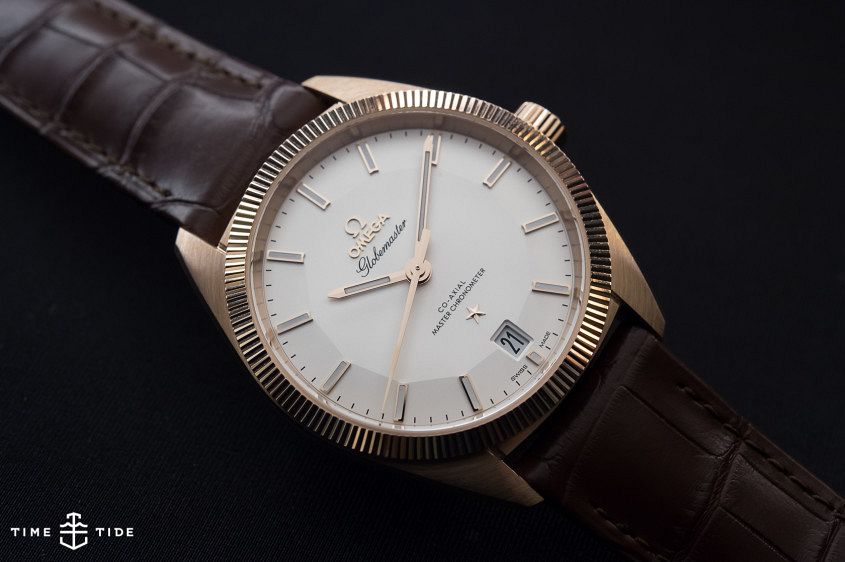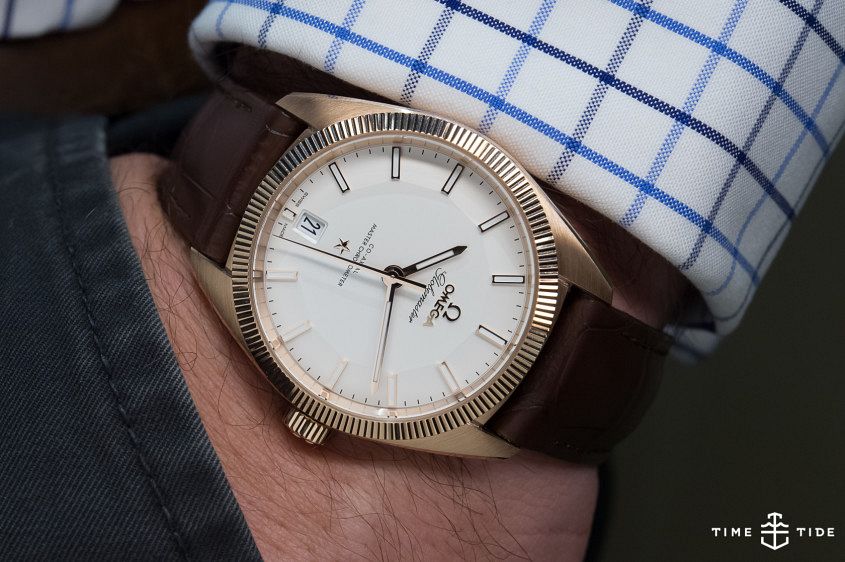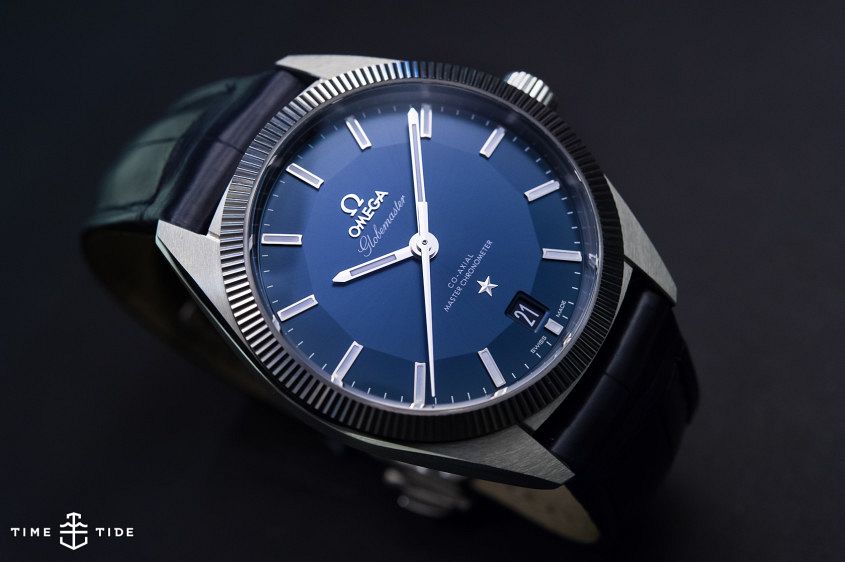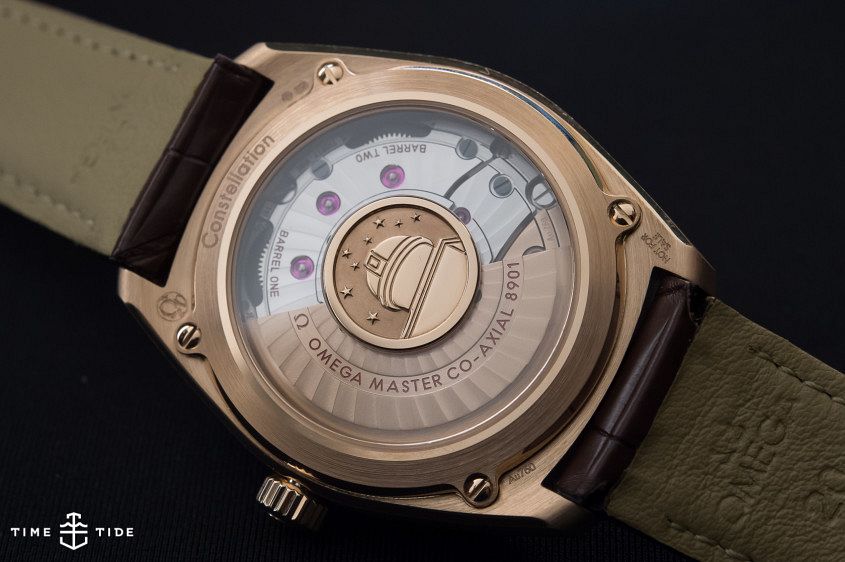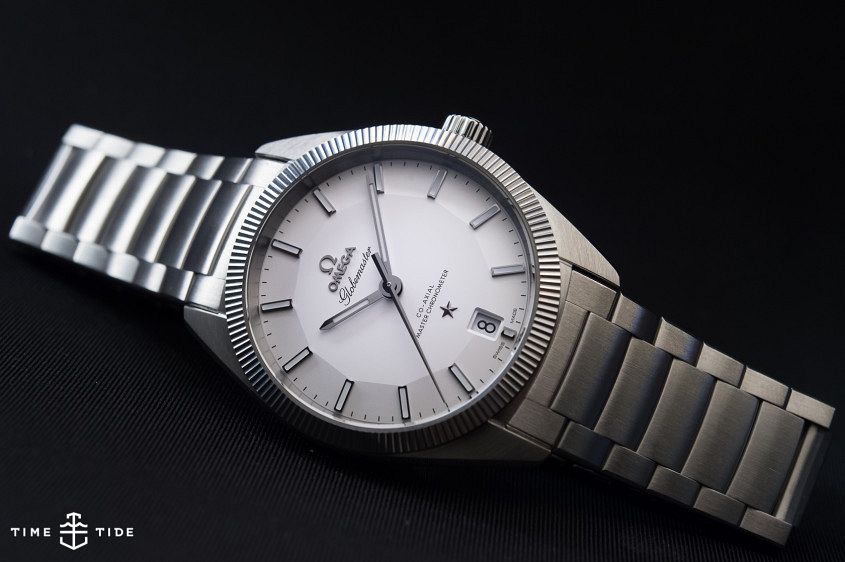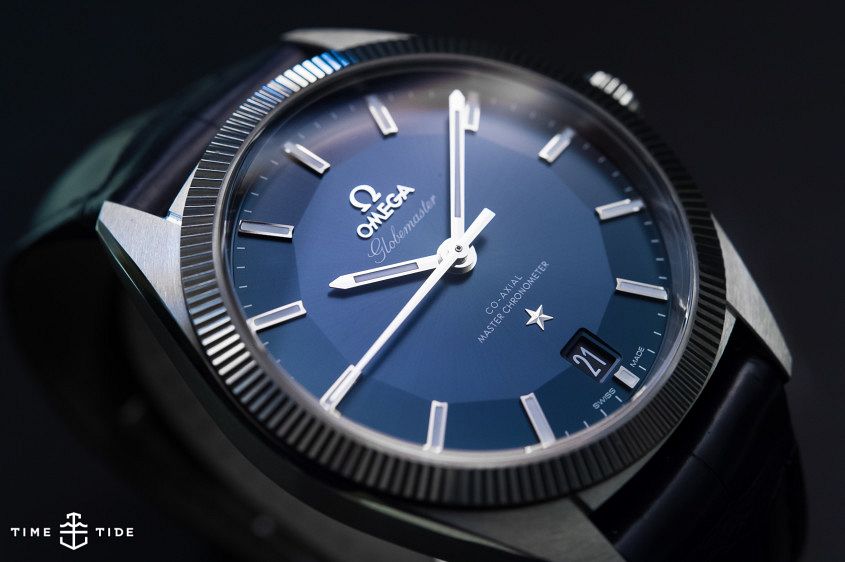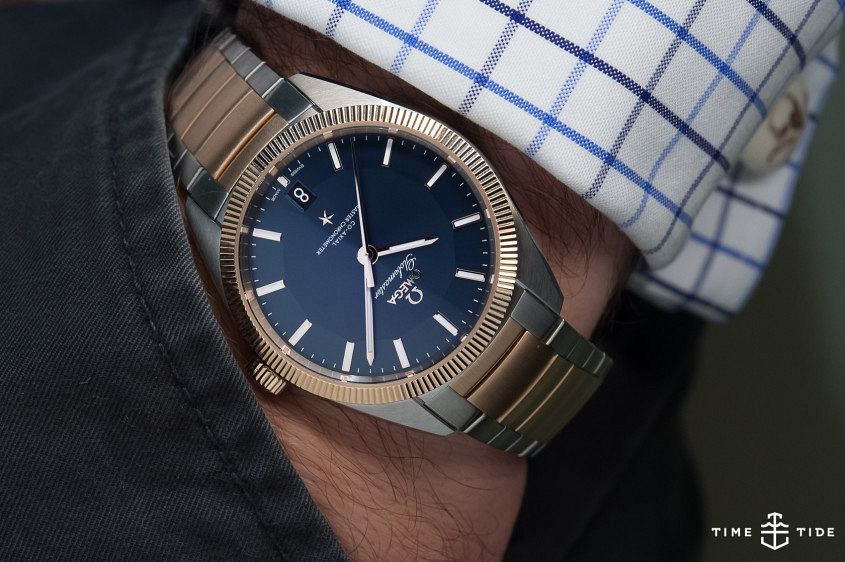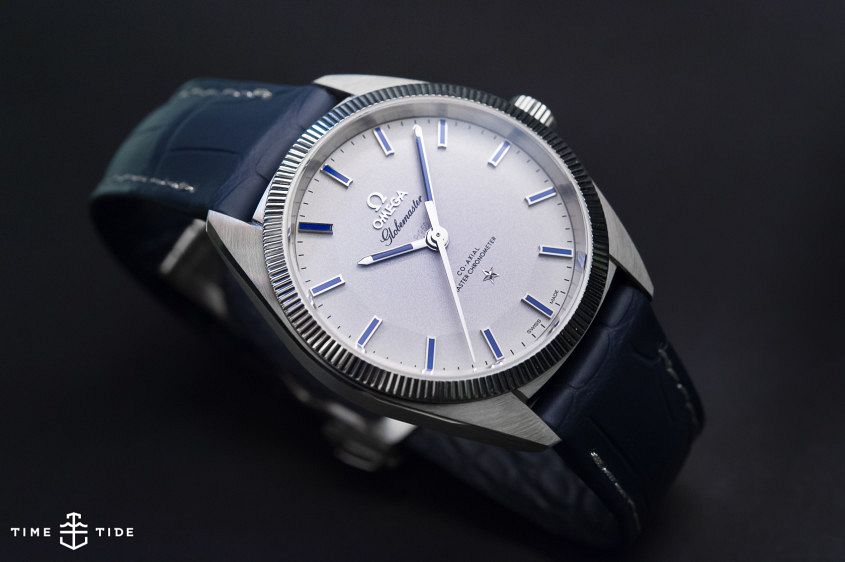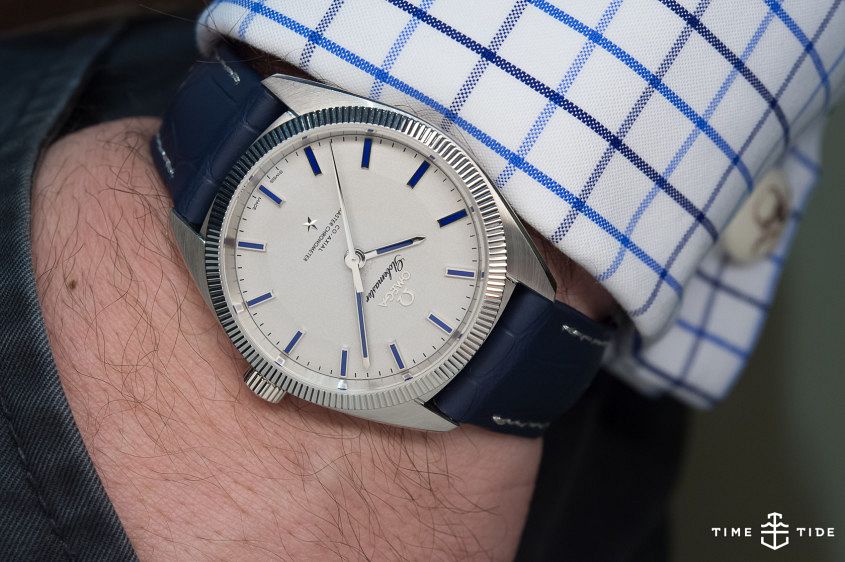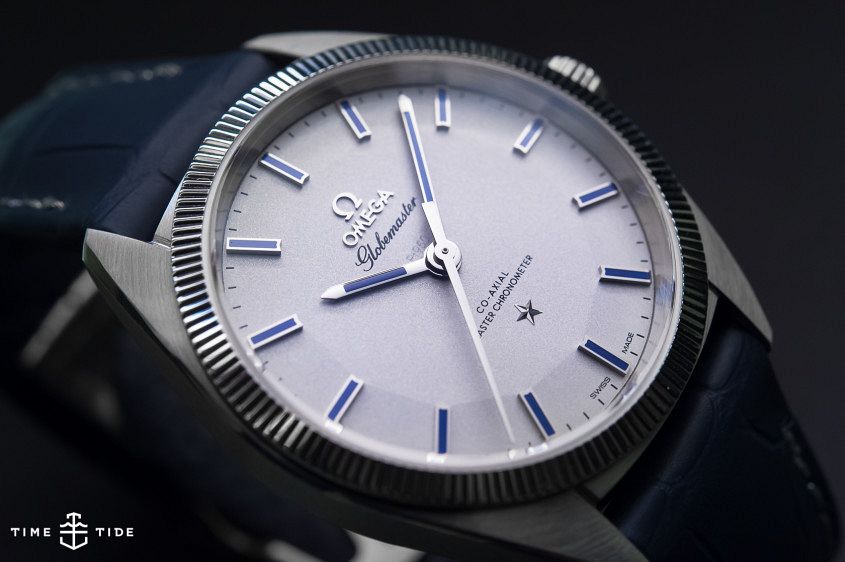HANDS-ON: The Omega Globemaster
Felix ScholzThe story in a second:
Omega release their most important watch for 20 years.
Baselworld was big for Omega, with lots of new releases and many lines receiving significant new additions or upgrades. But one watch stood out above all others – the brand new Globemaster, their very first Master Chronometer, which represents a new gold standard in accuracy and performance for Omega.
Six months on, the Globemasters are finally hitting the retail market, so it’s time to examine what makes this watch so special, including its close ties with the vintage Constellation models. But this is far from a straight heritage reissue. Powered by their most technically advanced movement to date, the Globemaster is Omega’s most significant development since the release of their first Co-Axial movements in 1999.
What is a Globemaster?
First off, Globemaster is a good, strong name, though with its distinct travel connotations, you might think it more fitting for a new GMT or worldtime. But a three handed, vaguely vintage dress watch? On the surface, at least, it seems a little odd – even if it fits neatly into Omega’s ‘master’ theme: Seamaster, Speedmaster, Globemaster. But there’s more to it than that. For a period in the 1950s, Omega Constellations were branded as Globemasters for the American market. By resurrecting the obscure Globemaster name they’ve cleverly managed to reference the glory days of the Constellation, without creating a ‘reissue’ of one of their most important historical models.
Exacting accuracy
The star of the show here isn’t the case, or even the movement per se. It’s the certificate that comes with it. The Globemaster is the first watch that will carry the punishingly exacting Master Chronometer certification, meaning it has successfully passed the newly developed METAS testing standard. To recap, this testing, is applied to an assembled watch, not just a movement, and incorporates eight individual steps:
1. The function of the movement during exposure to a magnetic field of 15,000 gauss
2. The deviation of the running time of the watch in six positions
3. The deviation of the running time of the watch between 0 and 2/3 power reserve
4. The function of the watch during exposure to a magnetic field of 15,000 gauss
5. The deviation of the average daily precision of the watch after exposure to a magnetic field of 15,000 gauss
6. The average daily precision of the watch in tests replicating daily wearing conditions (six positions, two temperatures)
The power reserve of the watch (autonomy – functioning without winding)
7. The water resistance of the watch (tested in water)
Omega have stated that the Caliber 8900 is the most technical movement they’ve ever produced, and this new certification (while being open to all) is going to be a very important marker of quality and point of difference for the brand in the years to come.
The Master Chronometer also ties into Omega’s legacy – and goes a long way to explaining why this movement is housed in the Globemaster, which is technically part of the Constellation family. Up until the advent of quartz, the key measure of precision in timekeeping was via tests by independent observatories, in which Omega’s reputation was impressive, setting eight records. The Constellation, introduced in 1952 is, in part, a tribute to this achievement, and bears an observatory seal on the caseback.
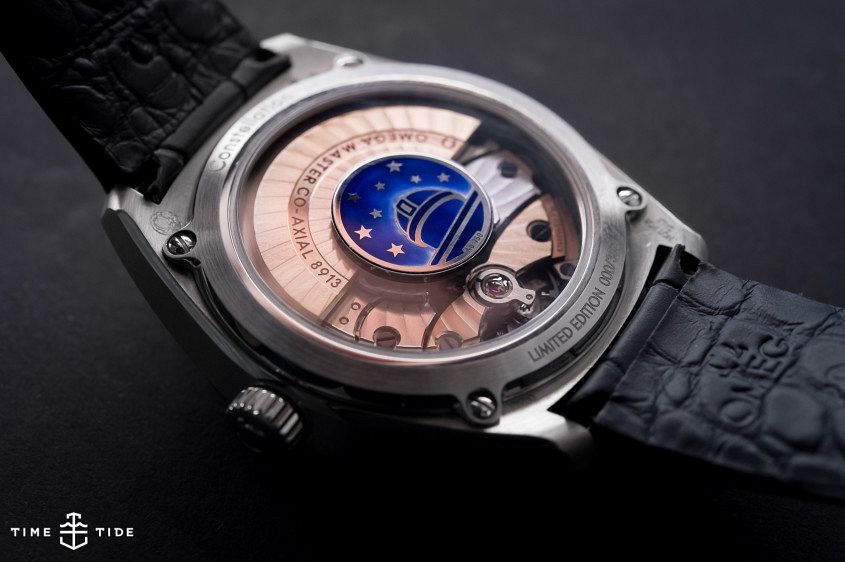
It’s fitting that the Globemaster continues this legacy of precise timekeeping and it’s a nice link to the past that it bears the observatory logo on its rotor, with eight tiny stars, representing the eight chronometric records Omega set last century, as well as the eight METAS tests.
Vintage style
The impressive technical features of the Globemaster are only part of the story. And while that’s how you’d sell it to the left hand side of the brain – the analytical part that’s impressed by the antimagnetic, ultra-precise Caliber 8900 – there’s another part of us that frankly, doesn’t give two figs for all that.
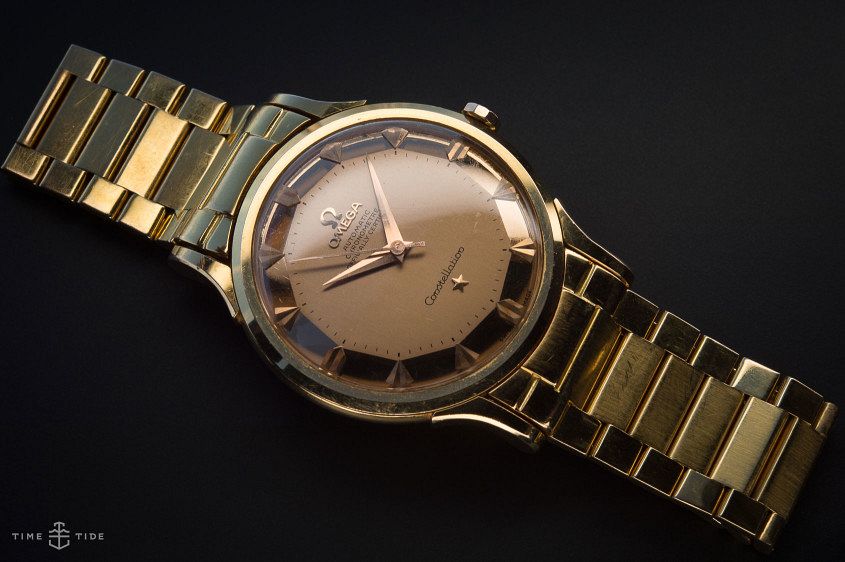
“We are buying dreams also, not just technical charts of performance,” says Sacha Davidoff, one half of the respected Geneva based Davidoff Brothers. “Look at vintage watches: not waterproof, fragile, not precise and the movements constantly have issues. However, people go nuts over excellent vintage watches because they are beautiful and becoming increasingly rare.”
Thankfully the Globemaster is more than adequate on that front, too, particularly thanks to the elements it borrows from vintage Constellations. Most notable is the dial in opaline silver (it’s also offered in sun-brushed blue on the steel models) with its faceted camber, which resembles an upturned pie dish. The dial also features a Constellation star under the new ‘Master Chronometer’ text, along with plain applied baton hands and indices and a date window at six. The other vintage element of the watch is the fluted bezel, which Omega used on their ‘C’ shaped Constellations, though this has raised eyebrows, given that the fluted bezel is strongly associated with the Rolex Datejust and Day-Date models. Regardless of the controversy, it’s the right choice for this model, adding texture, interest and vintage charm to what’s otherwise a very simple watch. As a bonus, the bezel on the steel models is scratch resistant tungsten carbide.
Omega released 11 models of Globemaster at Baselworld, from steel on leather to a limited edition platinum model. The only omission were gold versions on bracelets, but even so, that’s a big range – which not everyone feels is necessary.
“Omega could slow down a bit and be more confident with their watches, releasing fewer versions at a time, rather than all metals simultaneously,” says Davidoff.
From a consumer point of view, this profusion of models is great, as there’s no need to wait years for the steel version, as is common practice with other brands. But if Omega wanted to build the buzz around the Globemaster, releasing only the platinum version (Davidoff’s pick, btw) this year would have had people talking.
The perfect everyday dress watch?
Perhaps, then, the most remarkable thing about this release is the lack of hype. And while this is partly down to the wait between the launch and watches hitting stores, we suspect it’s more considered than that. The Globemaster, Davidoff argues, has no need for over-the-top marketing. Instead, it “will be the basic, fundamental entry-level, yet fully-loaded, technical model,” he says. “It will grow organically”.
With peerless technical specs, great looks and a price that’s fair, this is a strong contender for the perfect everyday dress watch.
Omega Globemaster Australian pricing and availability
Globemasters will arrive in Australian Omega boutiques at the end of November.
The steel model on bracelet has an RRP of $9000
The steel model on on leather has an RRP of $8875
The two-metal versions (in either Sedna gold and steel or gold and steel) on leather each have an RRP of $10,975
The two-metal versions (either Sedna gold and steel or gold and steel) on matching bracelet each have an RRP of $14,075
The 18K yellow or Sedna gold model on leather has an RRP of $25,325
The Platinum on leather model, limited to 352 pieces, has an RRP of $52,025
Images by Kristian Dowling/Time+Tide Images.




